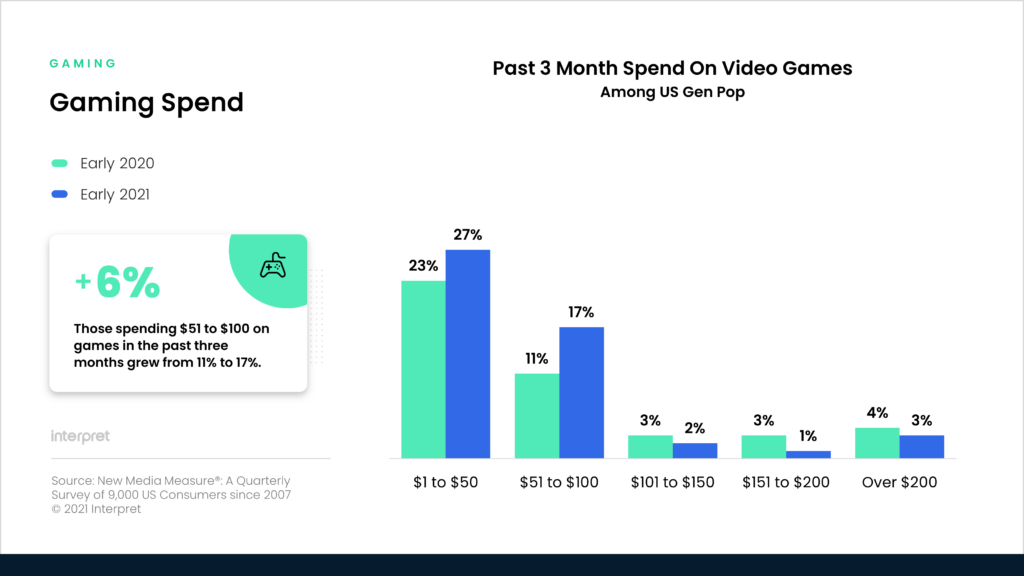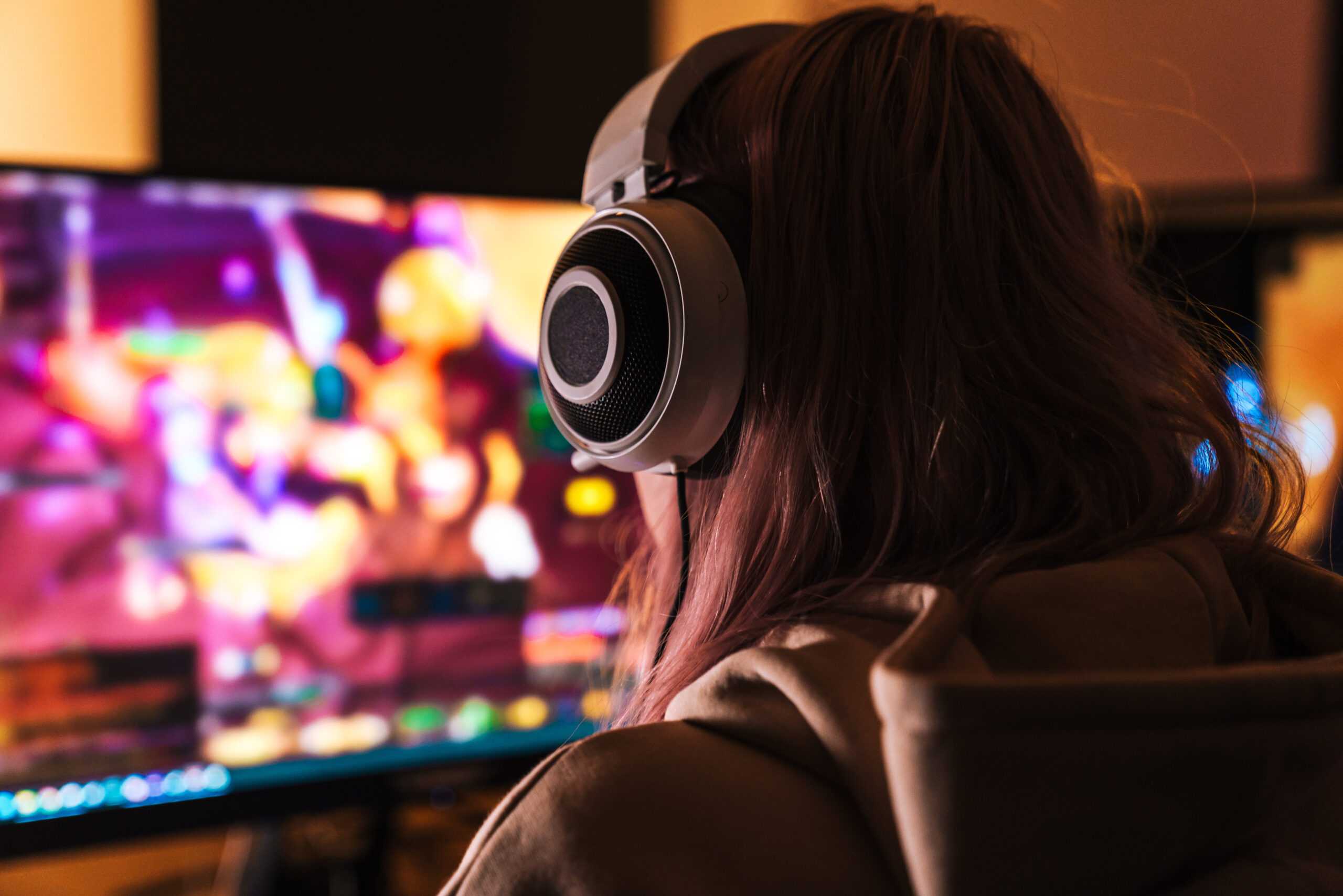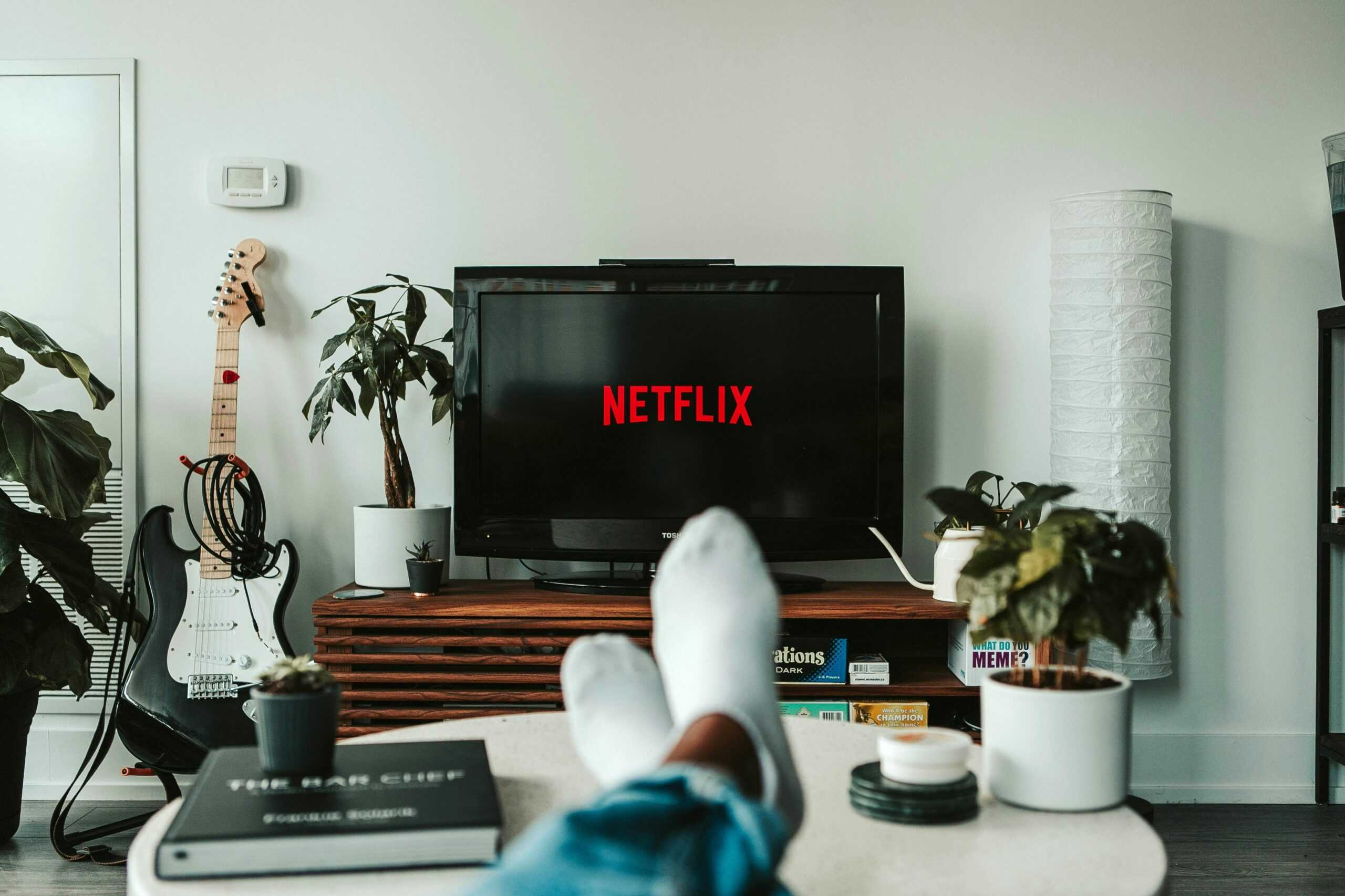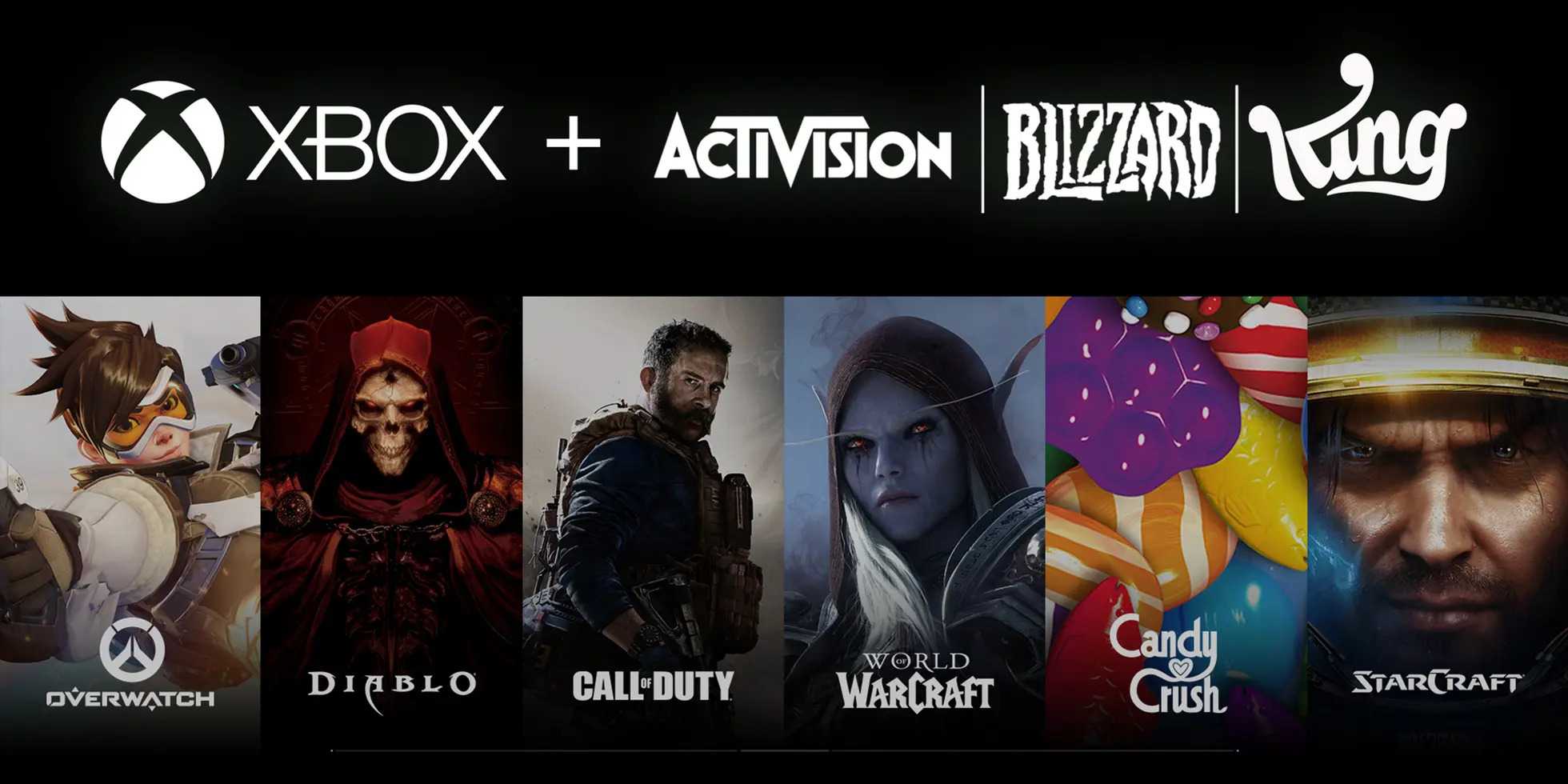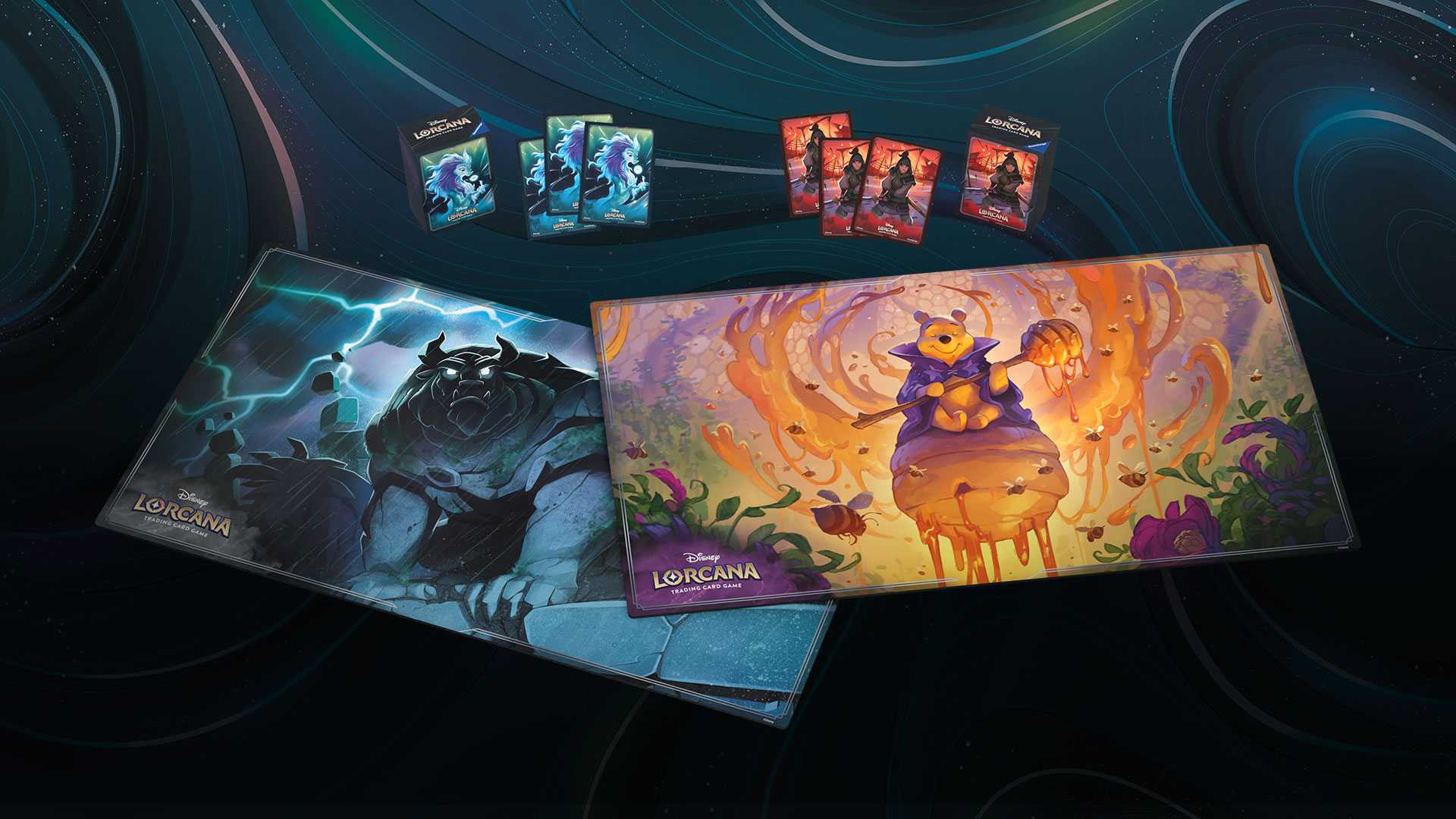As many consumers faced COVID-19 lockdowns, entertainment consumption soared in 2020. Video games and new consoles especially benefitted, and there doesn’t appear to be any slowdown in 2021. July 2021 data from The NPD Group revealed a 10% year-over-year sales increase in the US, as consumers spent $4.6 billion on games, hardware, and accessories. In fact, it was the best July for game sales in the US since 2008. One might expect that as lockdowns abated this year, people would spend less money, but game developers have been happily surprised otherwise.
Alex Nichiporchik, CEO of indie publishing label TinyBuild, known for its Hello Neighbor series, explained to GI.biz, “We have regional data on the usage of our games. And one would assume that if a country goes out of lockdown, with great summer weather, that the engagement, concurrent users and revenue would go down. But we’re not seeing it. I’ve chatted with a whole bunch of colleagues. They’re not seeing it. The theory here is very simple, that 2020 and the first half of 2021 created much more awareness about games, and therefore converted people into gamers. They didn’t know they were gamers, now they know. And once you start playing, you don’t stop.”
The fact that leading streaming service Netflix is actively planning its own entry into the games business shows just how far the medium has come. Not only does Netflix see gaming as a competitive threat to their bottom line, but the notion of someone being a “gamer” is fast becoming a relic of the ‘80s and ‘90s – the pie has continued to expand, and everyone plays games in some form or fashion.
Interpret’s New Media Measure® backs this up, as those spending between $50 and $100 on games in the past three months grew from 16% to 23% year-over-year among 13-17-year-olds, from 15% to 18% among 18-24-year-olds, and from 14% to 21% among 25-34-year-olds.
But older generations saw even larger spikes, as the percentage of 35-44-year-olds spending this amount more than doubled from 11% to 23%, 45-54-year-olds spiked from 9% to 14%, and 55-65-year-olds tripled year-over-year from 3% to 9%. The percentage of Baby Boomers spending up to $50 also nearly doubled from 10% to 19%. Gaming is clearly no longer child’s play.
